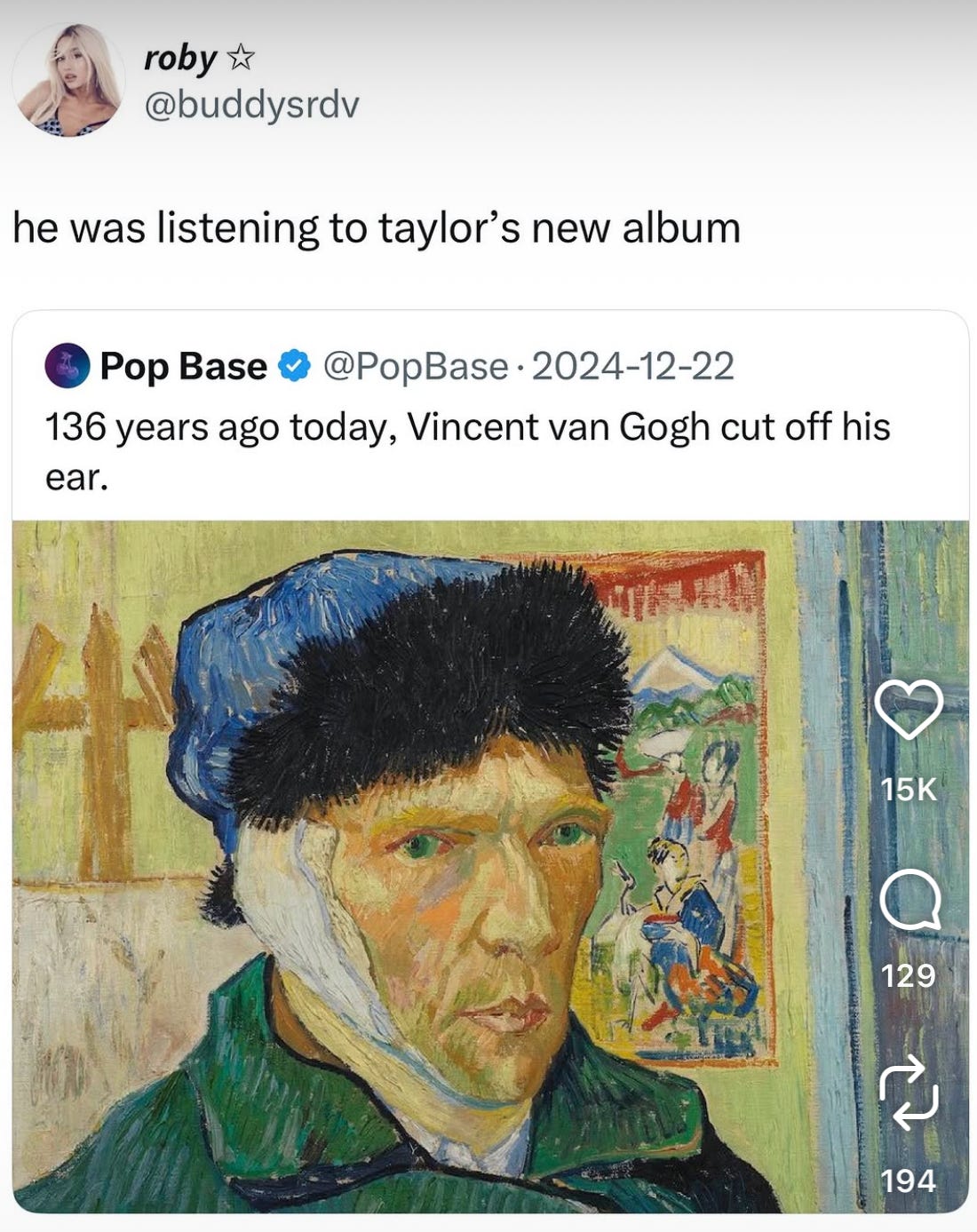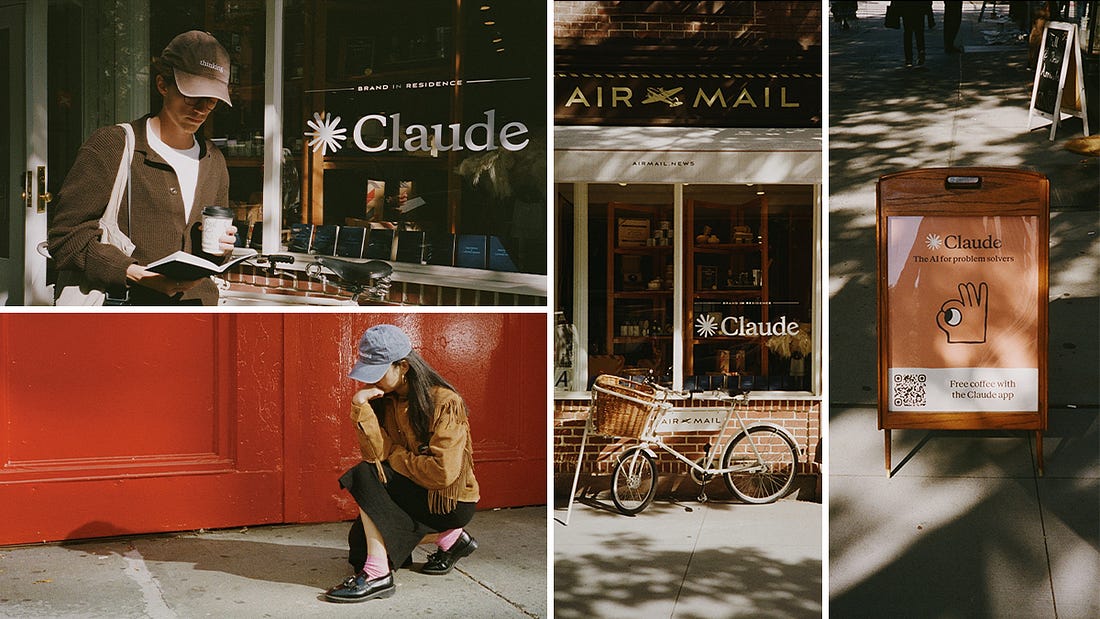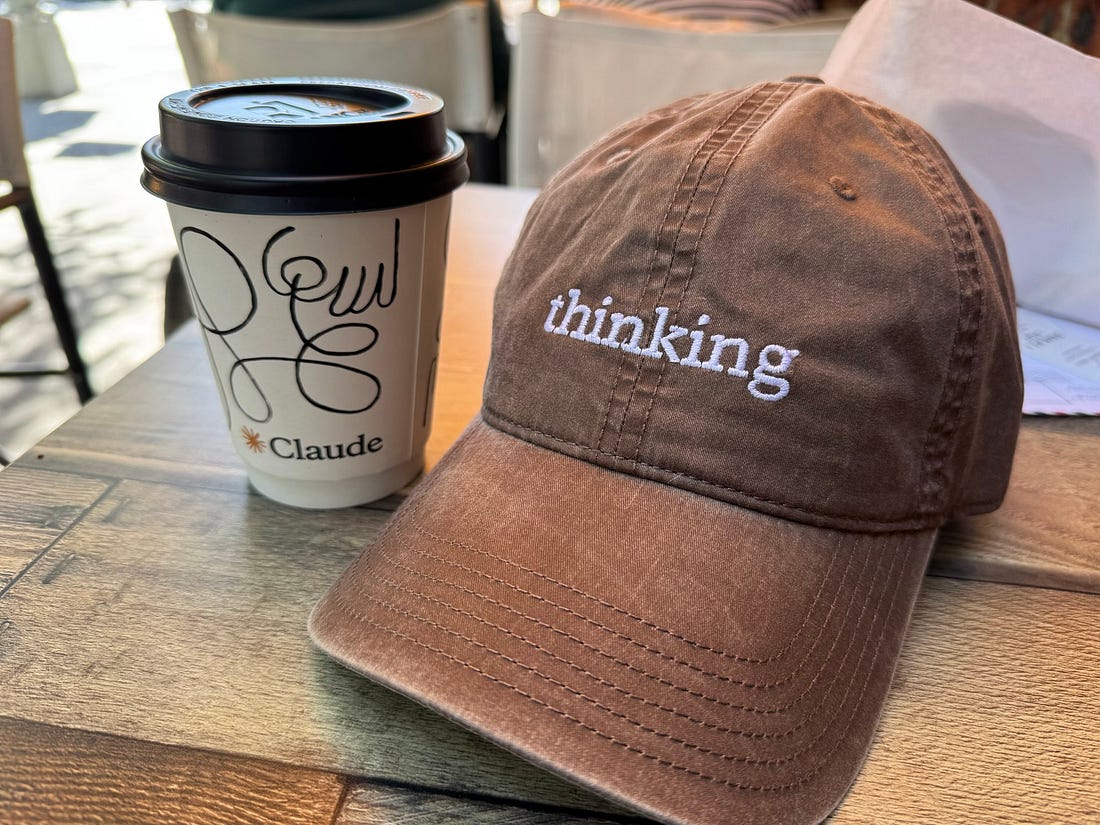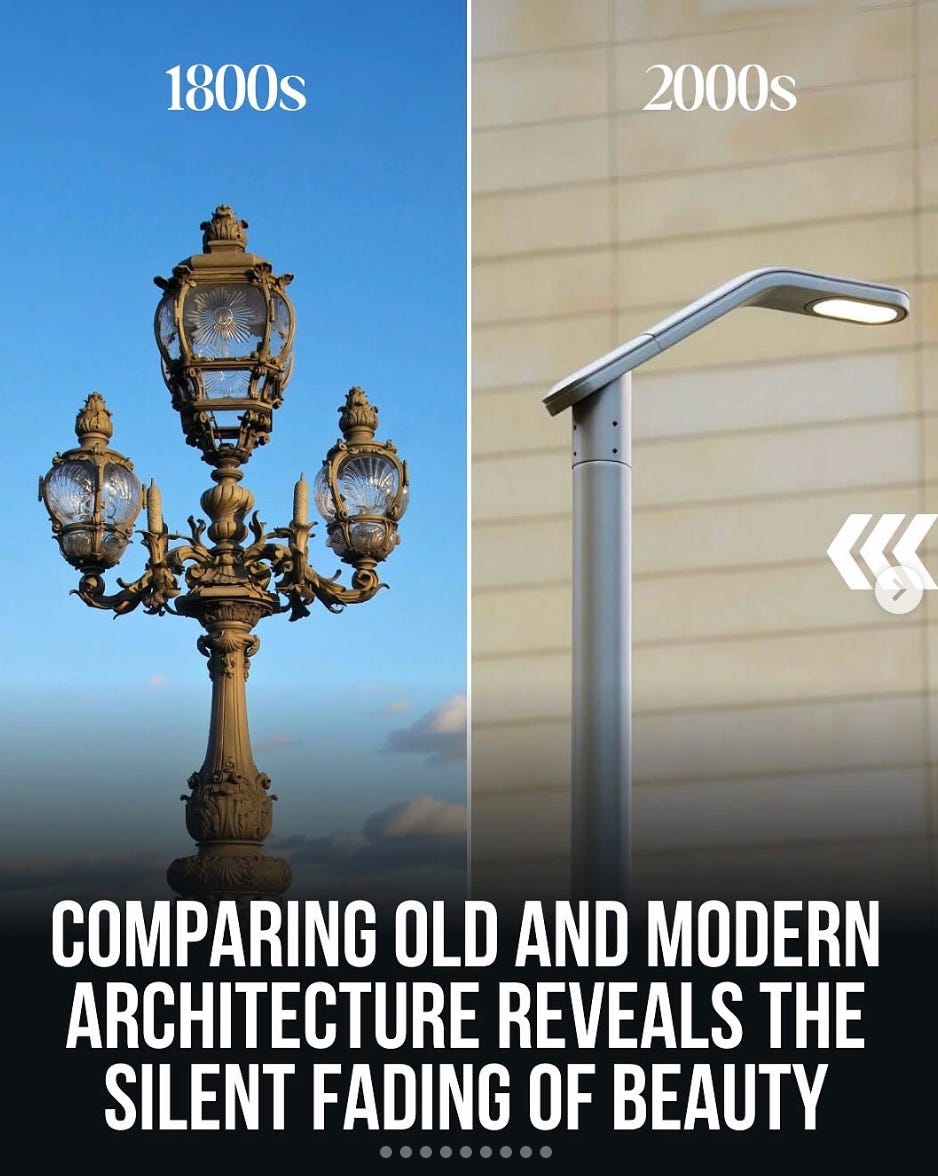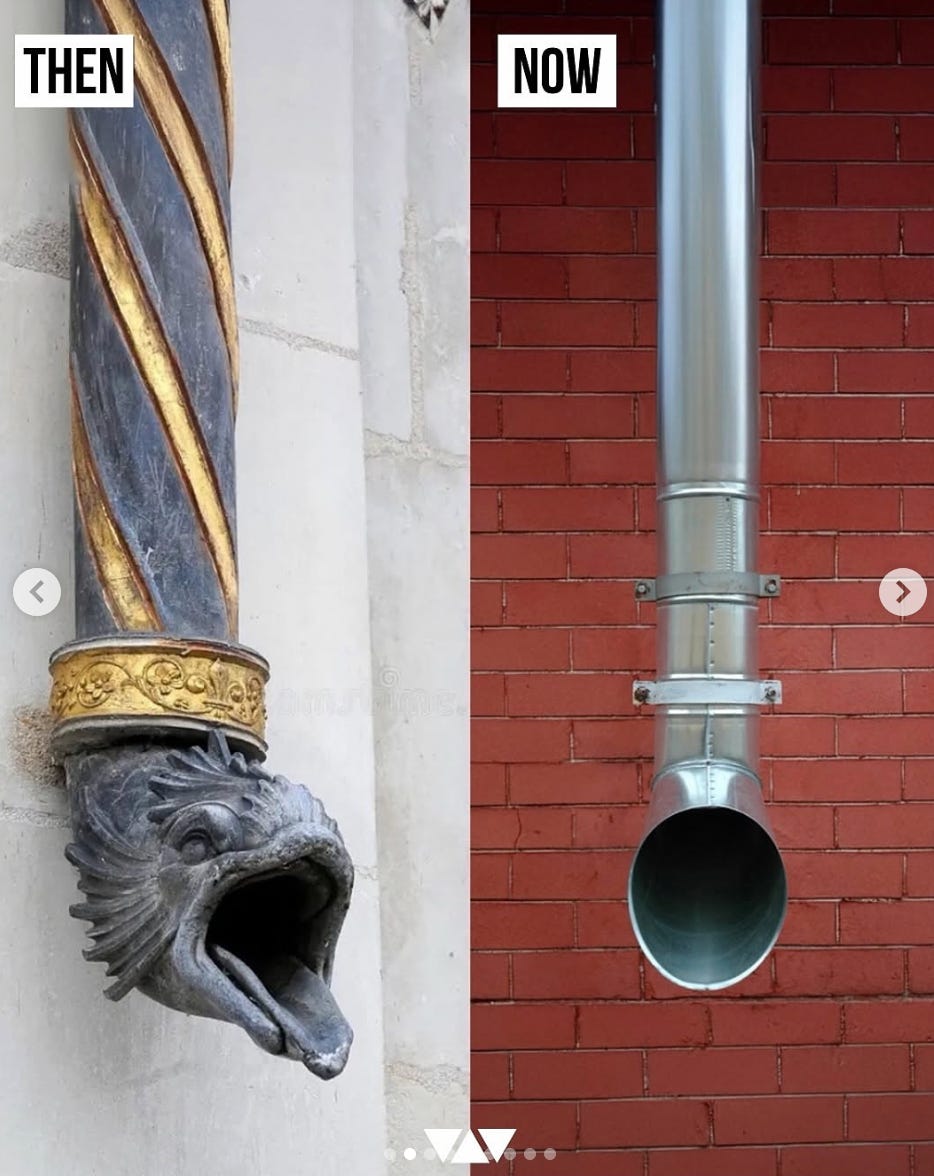Taylor Swift, Sora, and Slop vs. Substance
Weekly writing about how technology and people intersect. By day, I’m building Daybreak to partner with early-stage founders. By night, I’m writing Digital Native about market trends and startup opportunities. If you haven’t subscribed, join 70,000+ weekly readers by subscribing here: Taylor Swift, Sora, and Slop vs. SubstanceThis week’s piece is special because it’s an excuse to combine two of my great loves: Taylor Swift and technology. Though maybe Taylor is a former love? That’s a bit dramatic—I’ll always be a Swiftie—but suffice it to say that her new album is…bad. Like, really bad. The lyrics are weak, often cringe-worthy. The melodies (we were promised 12 “bangers” and Max Martin 1989-style earworms) are disappointing, with minimalist production. And don’t get me started on the subject matter of the music. (I agree with many of the sharp-tongued critiques from creators on TikTok, like this one and this one). Anyway. When I was listening to The Life of a Showgirl, I kept thinking about two words that loom heavy in the tech discourse right now: “AI slop.” I’m not saying that Showgirl is AI-generated, though parts of it certainly sound like it. But the album embodies the same quote-unquote loss of soul that critics of AI content are getting at. Swift’s album feels corporate, soulless, like empty calories. Something that the humans in WALL-E would listen to while zooming around on their hoverchairs. Swift’s 3,000,000 variants and deeply capi-tay-list rollout haven’t helped. At the same time that Swift appears to be churning out music that’s below her standards (but still breaking records), we’re seeing AI-generated content explode. Last month Meta announced Vibes, a short-form video app for AI creations. The reception was frosty. Alex Wang’s tweet quickly got ratio-ed, with critics not holding back: Yikes. I think we’re only in the first inning of a long, long battle against AI slop. Buckle up. Claude = Folklore, Vibes = ShowgirlContrast the reception of Vibes to the reception of Anthropic’s Claude coffee shop pop-up in New York, for which people waited in lines around the block. The Claude cafe aesthetic felt very Folklore, to use a Swift metaphor; Meta’s Vibes feels very Showgirl. The Claude cafe was certainly elegant. And Claude’s clever brand positioning around intelligence and thinking and problem-solving is, indeed, both a brilliant reading of and response to the growing slop backlash. But the reactions were maybe a bit much. One person on Twitter wondered whether Anthropic was the new Apple. In response, another poster (presumably rolling their eyes while typing), wondered how far we’d fallen if a hat with “thinking” printed on it meant the second coming of Steve Jobs.
What Claude’s coffee shop did show us was just how hungry people are for the last scarce resource: taste. “Taste” Is the Last Scarce ResourceTaste is what will determine slop from substance. Consider the most important launch of the past few weeks: Sora, from OpenAI. Sora has seemed to avoid much of the ire pointed at Zuckerberg and Alex Wang, instead prompting quite a bit of delight to go with the expected hand-wringing. Sora rode that delight to #1 in the App Store, hitting 1M downloads faster than ChatGPT did two years ago. In no time, Sora videos have invaded my TikTok feed. The other day, I watched JFK DJ’ing a set at Boiler Room. “Ask not what you can do for your country,” he declares, in that distinctive voice. “Ask if you can shake that ass!” A few scrolls later, Princess Diana was DJ’ing the same venue. “Is this real?” one user had commented. (We are so cooked.) I’m not gullible enough to be fooled by Princess Di mixing beats, thankfully, but I did get fooled by security camera footage of a possum eating Halloween candy, then getting startled by a witch decoration. After texting it to approximately 18 friends, I realized the video was Sora-made 🤦♂️. I think that was the moment my trust in online content died forever. Sora videos are watermarked, but there are already dozens of sites that easily remove the watermark. It’s safe to say that, as of October 2025, anything you see online might be AI-generated. The world now operates with Kellyanne Conway’s “alternative facts.” Obviously, this creates major concerns. We should probably put some guardrails in place so that we, uh, preserve reality. But the fretting we’re seeing now is the same fretting we saw in past waves of technology. In my mind, Sora is but the latest in a long lineage of creative tools that blow open the floodgates of creativity and expression. In one of our first ever Digital Native pieces, almost six (!) years ago, we included this chart: The idea was that creating stuff used to take (1) specialized knowledge and (2) expensive equipment. This artificially constrained creation. TikTok opened the gates of creativity by helping people with both ideas (trending sounds, memes, etc.) and creative tools (CapCut was still one of the top 10 most-downloaded apps last year). Of course, a version of the same graphic above, made 10 years earlier, would show YouTube doing the same thing to TV and movies. And a version made 50 years before that would show the new Hollywood studio system reinventing cinema. In the 1930s, Adolph Zukor, the founder of Paramount Pictures, changed movie-making by vertically integrating (owning theaters, distribution, production) and by signing actors to long-term contracts. As the studio system rose to prominence, and as the 1970s brought the dawn of the blockbuster, movies became industrialized. This created a counterculture: the 70s also brought the rise of the auteur, the Scorceses and Coppolas and Kubricks who reacted to mass-production with, well, taste. The rise of digital a generation later (Attack of the Clones was the first movie made fully on digital cameras) brought another wave. And, predictably, we saw another wave of counterculture. Scorcese still shoots on film. So do newer auteurs like Paul Thomas Anderson, the favorite for a Best Director Oscar with One Battle After Another. So what should we expect with AI slop? The rise of a counterculture, of course. Here’s ChatGPT’s take on a visualization, when I voice note dump my thinking here; we’re right now in the downward slope of slop, about to hit the counterculture bump. I expect a few PTAs and A24s to emerge for this new era of creativity. Where will the new companies form?Hollywood is deeply worried about Sora, just as it’s been worried about past revolutions in technology. But the industry should have learned its lesson: instead of trying to prevent the inevitable, like it did with the internet, it should lean in to change. We’re not going to see AI screenwriters or AI film stars any time soon (not even Tilly Norwood); rather, I expect Sora will make it a lot cheaper and faster to make good stuff. It’s going to be net-net good for movie-making. Check back with me in 10 years and see if I’m wrong—but I don’t think I am. Gen AI will be good for anyone with creative DNA, period. The broad arc of technology bends toward more affordable and accessible tooling, and AI accelerates that arc. So where will the companies emerge here? Phase I: The tools themselves, as well as the infrastructure undergirding them. Phase II: The ways we can organize and filter and curate. When more content exists, including more slop, how do we find the good stuff? Creativity has flourished with the internet, because more stuff gets made; algorithmic feeds are what help us sort through that stuff. What are the new players here? Maybe the existing networks, but maybe something new. These companies will help us separate slop from substance. Big “creation” companies tend to get dismissed as something silly in their early days. Then they gobble up our lives, minute by minute. Examples:
This time won’t be any different. Final ThoughtsPeople have been worried about mass production and its impact on taste for a while. Just look at our architecture / urban design, which has lost character over the years: We’ll probably see something similar play out with content. There’s going to be a lot of content. Most of it will be garbage. A lot of it will be soulless, a la Showgirl. But a lot of it won’t be garbage. A lot of it will be actually really good, anointing a new generation of creatives. And if you’re building a company, don’t lose your taste. Inject that precious little resource into every single fiber of the product. And throw in a hat that says “thinking” for good measure. Thanks for reading! Subscribe here to receive Digital Native in your inbox each week: |
Similar newsletters
There are other similar shared emails that you might be interested in:
